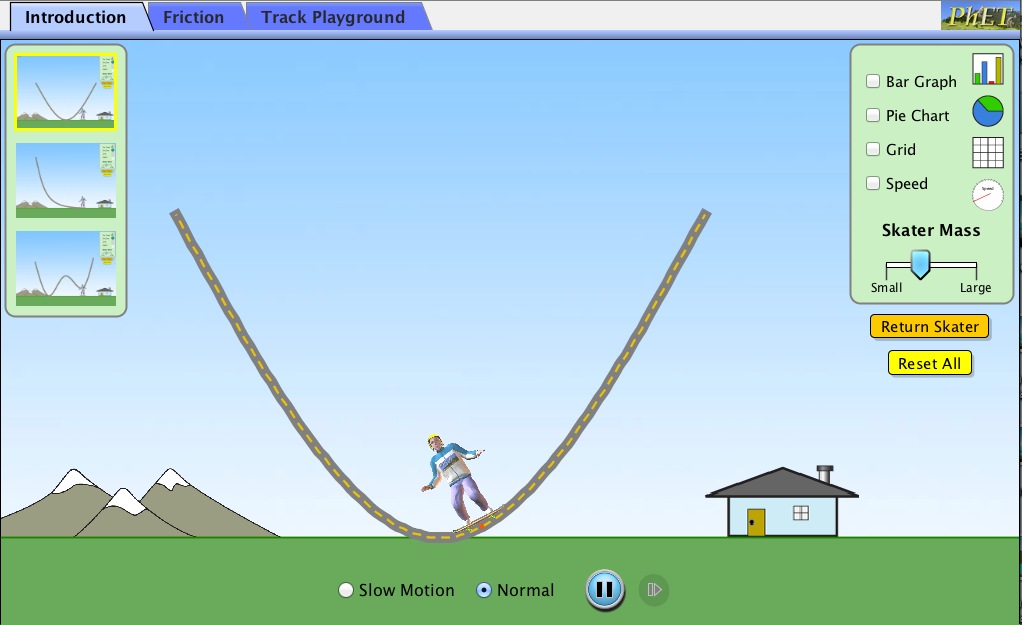Isn't it so boring when we as teachers, teaching our students with text books and with a white board only. In the era of Artificial Intelligence, Robotics, Simulators and VR Technology, the teachers still lack proper use of these devices while teaching students in schools. The learning is only possible when it has some kind of twist!in it. That twist leads to curiosity regarding the topic, and student gets attracted toward it's fundamental concept. Hence, to spark that curiosity which further lead a student to be creative and innovative is based on the clear visuals and experiments. Some times we cannot or unable to perform experiment or practice it live, then we use simulators, augmented reality, virtual reality, or any 3D graphics to represent that topic with some charisma of fun and excitement.
In my class along with other digital apps and platforms, I mostly use PhET simulator developed by University of Buffalo Colorado, USA. The project acronym "PhET" originally stood for "Physics Education Technology," but PhET soon expanded to many other disciplines. PhET provides fun, free, interactive, research-based science and mathematics simulations. It extensively test and evaluate each simulation to ensure educational effectiveness. These tests include student interviews and observation of simulation use in classrooms.
In my classroom, my students practice the exercise on spot on PhET. The glory of this platform is it's availability on both desktop and android platforms with free access. My students have performed many experiments under different variable situations and conditions of PhET simulator. Their learning experience have drastically increased and now even their parents have installed such apps on their mobile phones as interacting with their kids to foster learning back at home with their parents.
Lastly, this simulator is just a simple free software accessible to everyone on their phones and computers, has enhanced the learning environment and made a significant impact on learning process. Specifically, improving the cognitive capabilities of student to observe live experiments.
I am ready to connect with other fellows, to broaden my knowledge regarding other apps and platforms freely available for our students.
Thank you so much for reading my column. I really appreciate it.
Thank you for reading
